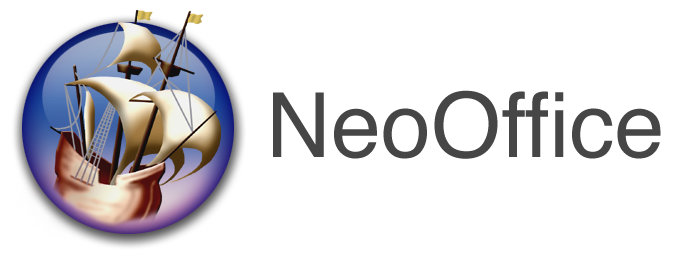Summary
NeoOffice is a Macintosh OS X-native version of the OpenOffice.org office suite. Unlike the current official OS X version of the OpenOffice.org suite, NeoOffice does not require the X11 display protocol nor any other supplementary installation. NeoOffice has been crafted to suit the OS X Aqua interface, so it looks and behaves much like other Macintosh applications. Because of this, NeoOffice may be considered to be much more adapted for the Macintosh platform than the current official OpenOffice.org release.
NeoOffice is a complete office suite, comprising word processor, spreadsheet, presentation, drawing, and database applications. Like its progenitor OpenOffice.org, NeoOffice supports a multitude of file types, including Microsoft Office formats. Because of this, NeoOffice can function as a complete drop-in replacement for Microsoft Office. NeoOffice also works seamlessly with OpenOffice.org documents, which prevents compatibility problems in mixed-platform environments.
NeoOffice has an exceedingly broad feature set, but perhaps its most relevant attributes are that it is completely free and it works with virtually all Microsoft Office, Microsoft Works, and Corel WordPerfect documents. In addition to these key elements, NeoOffice works with OS X font, spellcheck, print, and input technologies. It is also well integrated with the native Macintosh Finder, Spotlight, Address Book, and Mail applications, among others. Its main drawback is that, partially because it uses some Java code for graphics display, it is slower and more resource-hungry than comparable office suites.
Academic Uses
It would not be productive to elaborate upon specific academic deployments for NeoOffice, because it may be utilized in any circumstance that is appropriate for an office suite. It deserves restatement, however, that NeoOffice is not an underpowered clone of Microsoft Office; it is a legitimate, full-featured office suite, and it is comparable to any other Macintosh software in that genre. Its ability to handle documents created in Microsoft Office, Microsoft Works, Corel WordPerfect, and many other programs makes it a very attractive option for scholarly work—including writing articles, making conference presentations, and collecting data. It is also appropriate for educational administrative tasks, such as keeping grades and producing class materials.
Aside from any ethical qualms a person might have about proprietary software, there are legitimate pragmatic reasons for instructors and students to adopt an open-source office suite that utilizes open file formats. Perhaps the most cogent reasons are to prevent lock-in, and to keep data accessible. Having documents in a proprietary format obliges a user to continue using the corresponding program. If a user has to upgrade that program because of a new hardware purchase or other reason, it is possible that older documents would no longer be fully accessible in the new program version. Because proprietary file formats are generally not publicly documented, it is difficult for a third party to write an interpreter for older documents. This can cause data to become inaccessible.
Open file formats tend to prevent this kind of lock-in, because their specifications are documented. Similarly, because their code is freely available, open-source programs do not exit the market and become unobtainable as proprietary applications often do. For these reasons, if none other, it is shrewd to consider using open-source applications and open file formats to keep data accessible going forward.
One way for instructors and students to gain experience with NeoOffice without any installation is by using a portable version of the program. A portable version is self-contained, so it may be run from a USB flash drive or from a desktop. Although there is currently no pre-packaged portable version of NeoOffice, there are simple instructions for how to create one. A fully packaged version of NeoOffice's relative OpenOffice.org is already available for Windows environments.
Features
- Full Macintosh-native OpenOffice.org office suite without installation of X11
- Excellent support for Microsoft Office, Microsoft Works, and Corel WordPerfect documents
- Good integration with OS X Aqua interface
- Integration with OS X font, spellcheck, print, and input technologies
- Interoperability with Finder, Spotlight, Address Book, Mail, and other native Macintosh applications
- Support for PPC and Intel Macintoshes
Limitations
- Somewhat slow running speed
- High resource use
- Limited media plugin support
- Some incongruence with Aqua interface and Macintosh look and feel
- Incomplete Microsoft Office OpenXML compatibility




